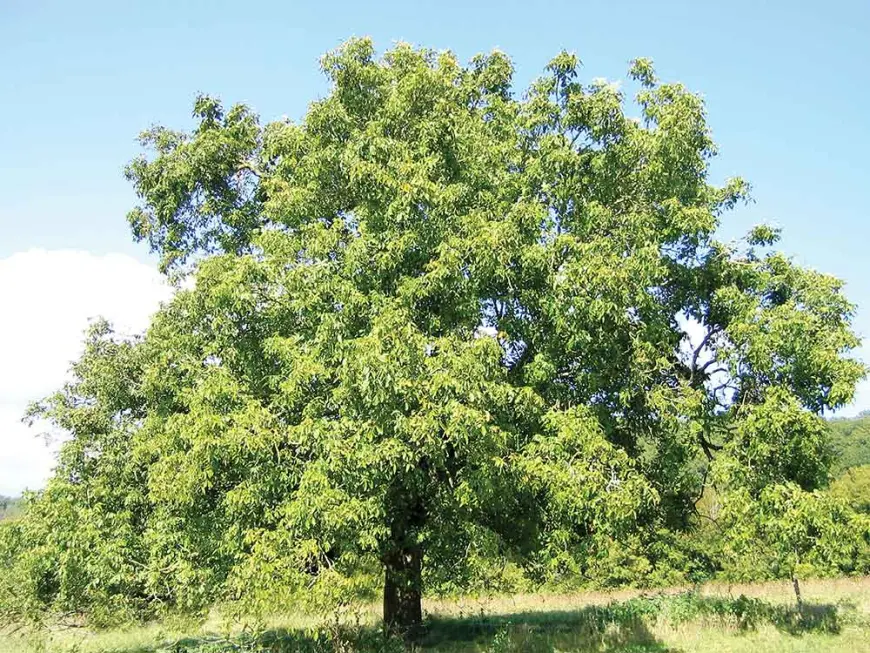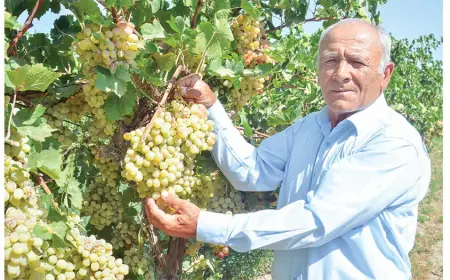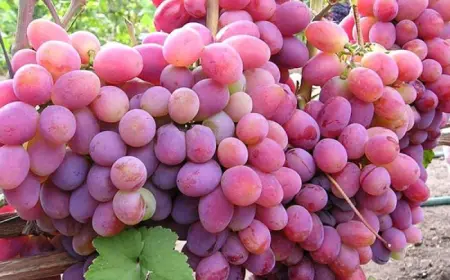Walnut trees play a vital role in the economy, ecology, and health
The walnut tree is not only a natural treasure, but also a globally significant tree species in economic, ecological, and health terms. Its sustainable development and protection remain among the key focuses of our time.

Not only prized for its medicinal fruit, the walnut tree also stands out as a valuable natural resource appreciated industrially in many countries. Although it grows slowly, its strength, beauty, and decorative features mark it as an important raw material in the global furniture and construction markets. In the Köýtendag district, where walnut trees are abundant, special attention is paid to their sustainable management.
The walnut tree’s color ranges from light grey and brown to deep black, with distinctive grain patterns formed by the wood fibers. These decorative knots and patterns on the wood surface, naturally formed, enhance its ornamental value. That is why such wood is widely used as “decorative timber.”
Walnut wood is extensively used in office and home furniture, wall paneling with veneers, floorboards and ceilings, and for decorative purposes. Its durability and aesthetic grain make it highly esteemed in advanced furniture manufacturing worldwide.
Given the growing global demand for timber resources, protecting mature walnut trees while simultaneously planting new saplings is a critical issue. In Köýtendag, efforts are being made to plant new walnut seedlings. Agricultural and forestry systems are promoting the cultivation of these trees to ensure the future economic and social sustainability of this species.
Preparations made from walnut leaves and fruit are used for various therapeutic purposes. This emphasizes that walnut trees are significant not only as raw materials for construction or furniture but also as important resources in healthcare.

























